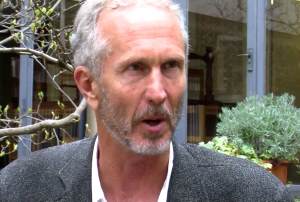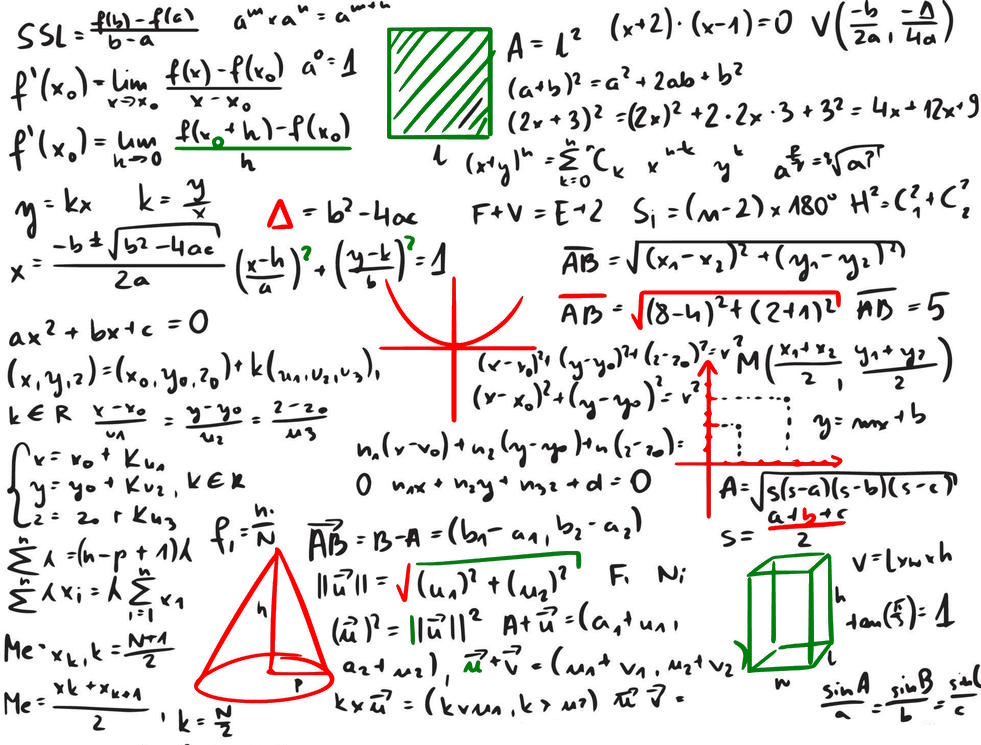A Game of Skill? Or Not?
Using Maths to Win at Roulette

What if there was a mathematical solution to roulette? There are plenty of mathematical descriptions of roulette- they are called algorithms, and it’s these maths models that virtual roulette tables use when they are simulating real wheels.
And numbers are big in roulette (read all about the number 17 for example.) But can you use maths to beat the roulette table? Some systems like the Shotwell System go for evenly spaced wheel coverage, others like the Martingale try to claw back any losses with bigger and bigger bets. But do any of them actually work?
Roulette is considered to be a game of chance where outcomes are determined by the spin of a wheel. While this is pretty much 100% true, it does a disservice to successful players in the past who have used their cunning and skills to win consistently over a prolonged period of time.7

It also doesn’t take into account the achievements of prominent mathematician and roulette player Doyne Farmer, who once used a combination of knowledge and technology to successfully turn the odds of the game against the house and win big.
And then there are those players who use roulette money management techniques such as the Tier et Tout to take the emotion out of their play.
Mathematic Strategy and Roulette
During the 1970’s, Farmer was a graduate student with a keen eye for numbers and mathematical theory and an interest in chaos theory. Attracted by the lure of casino gameplay, he decided to develop a strategy for beating the house and securing a big jackpot pay day.
His plan involved mathematics and technology, as he developed a primitive item of wearable technology (move over Apple iWatch, you weren’t the first!) that could record the moment when the ball and a set part of the rotating wheel both pass a chosen point.
When analysed alongside the measurements of the wheel, it was possible to determine roughly which section of the wheel the ball would land in through every spin. Zones, if you like.
Farmer was searching for so called “hot zones“: areas of the wheel which were more likely to record hits. Bear in mind, that this is all dependent on the wheel having tiny imperfections, so it is only applicable to real roulette wheels, not virtual ones (anyway, there was no such thing as online roulette in the seventies).
Eudaemons
A group called the Eudaemons were formed: a small group headed by physics students Doyne Farmer and Norman Packard at the University of California, Santa Cruz. The group’s objective was to use the money made from beating roulette tables to fund a scientific community. Eudaimonia is a philosophical term for living well.
Their model can be split into two distinct parts. Firstly, it tried to predict what happened when the ball rolls around the rim of the wheel and eventually falls, and this is fairly predictable for experienced players.
The second part related to what happens after the ball begins to bounce along the wheel, which is highly volatile, more chaotic and subsequently more difficult to forecast. Farmer’s mathematical skill and his knowledge around the first element of the strategy enabled him to estimate where the ball would begin to bounce, and made it far easier to determine its eventual landing place.
The Bottom Line
Farmer only broke his silence on the matter in 2012, after two researchers developed an almost identical method for beating the house at roulette. (Read the New Scientist article).
Using more advanced wearable technology devices, the pair were able to predict in which half of the wheel the ball would fall in a total of 13 out of 22 trial spins.
In pure mathematical terms, this created odds that were 18% in favour of the player, as opposed to the typical house edge of 2.7% (in favour of the casino) that is available with European roulette. This represents a huge difference, and it shows how mathematical precision and guile helped to create a successful roulette strategy.
One interesting point was that this roulette strategy remained a secret for decades- and there’s the catch. If there are other successful roulette strategies out there- you won’t hear about them on the Internet, and people certainly won’t be selling them for $10 or even $100. They’ll be travelling the world with a variety of fake beards and moustaches, and hitting the casinos!
As Farmer said: “I kept silent because I did not want to communicate any information that might prevent anyone from taking the casinos’ money.”

